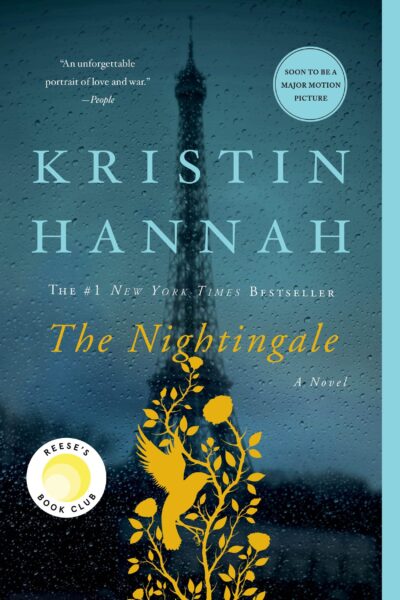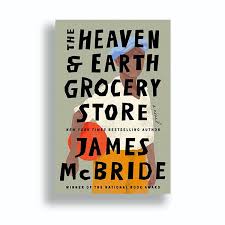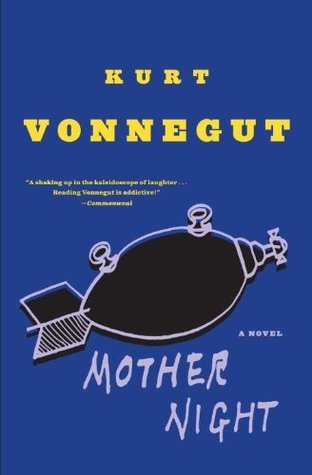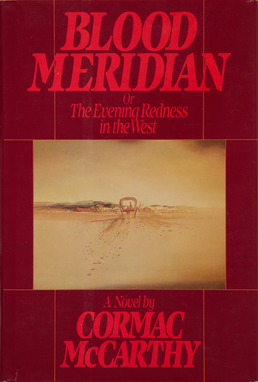615 Results with the "Historical Fiction" genre
Adventure Fiction (1164)
Biography (435)
Business & Finance (1)
Children's Literature (124)
Comics (6)
Culture (51)
Drama (123)
Dystopian (29)
Fable (86)
Fantasy (1132)
Fantasy (203)
Fiction (1010)
Finance (1)
Gothic Fiction (12)
History (122)
Horror (56)
Lifestyle (36)
Literary (404)
Literary Fiction (207)
Memoir (113)
Mystery (422)
Non-fiction (87)
Novel (549)
Paranormal Fiction (96)
Philosophical (182)
Philosophy (45)
Poetry (249)
Political Fiction (14)
Politics (42)
Practical (32)
Psychological (4)
Psychological Thriller (108)
Relationship (6)
Romance Novel (716)
Romantic Melodrama (14)
Satire (91)
Science (46)
Science Fiction (345)
Self-help (68)
Society (65)
Society (2)
Spiritual Growth (1)
story (2)
Thriller (704)
True Crime (56)
view (11)
Women's Fiction (2)
Young Adult (233)
-
Chapter
Chapter 28
 Chapter 28, in late October, Sven and Margery’s wedding became a joyous occasion that brought together not just their close friends, but much of the town that had come to respect and admire them. Though Margery had originally intended to keep the event private, it transformed into a community affair, held at Salt Lick’s Episcopalian church, which was known for its welcoming spirit. The librarians and many of the people they had served attended, offering their support in a way that underscored the deep…
Chapter 28, in late October, Sven and Margery’s wedding became a joyous occasion that brought together not just their close friends, but much of the town that had come to respect and admire them. Though Margery had originally intended to keep the event private, it transformed into a community affair, held at Salt Lick’s Episcopalian church, which was known for its welcoming spirit. The librarians and many of the people they had served attended, offering their support in a way that underscored the deep…-
130.4 K • Ongoing
-
-
 Chapter 29 is a profound exploration of love, sacrifice, and the devastating realities of life during the Nazi occupation, capturing the emotional struggles of Isabelle and Vianne as they navigate their roles in a world torn apart by war. Isabelle and Gaëtan, caught in a fragile yet intense connection, share moments of intimacy that offer a fleeting reprieve from the chaos surrounding them. Isabelle, still healing from her wound, clings to these shared moments, cherishing Gaëtan’s presence and the…
Chapter 29 is a profound exploration of love, sacrifice, and the devastating realities of life during the Nazi occupation, capturing the emotional struggles of Isabelle and Vianne as they navigate their roles in a world torn apart by war. Isabelle and Gaëtan, caught in a fragile yet intense connection, share moments of intimacy that offer a fleeting reprieve from the chaos surrounding them. Isabelle, still healing from her wound, clings to these shared moments, cherishing Gaëtan’s presence and the…-
176.7 K • Ongoing
-
-
Chapter
Cover
 It appears that the content you've provided is not an actual chapter of the book, but rather the cover information and associated HTML of "The Heaven & Earth Grocery Store" by James McBride. Please provide the actual text of a chapter for me to summarize according to your…
It appears that the content you've provided is not an actual chapter of the book, but rather the cover information and associated HTML of "The Heaven & Earth Grocery Store" by James McBride. Please provide the actual text of a chapter for me to summarize according to your…-
152.8 K • Ongoing
-
-
Chapter
Chapter 27: The Finger
 Chapter 27: The Finger begins with Dodo awakening in his crib, his tired eyes focusing on his friend, Monkey Pants, who seems to be trying to communicate with him. Dodo's recent experiences weigh heavily on him, having just emerged from a hospital cast and struggling to adjust to the overwhelming and isolating environment of the ward. The ward is filled with patients of varying abilities, and Dodo feels increasingly isolated as he watches the stronger and more capable patients dominate those who are less…
Chapter 27: The Finger begins with Dodo awakening in his crib, his tired eyes focusing on his friend, Monkey Pants, who seems to be trying to communicate with him. Dodo's recent experiences weigh heavily on him, having just emerged from a hospital cast and struggling to adjust to the overwhelming and isolating environment of the ward. The ward is filled with patients of varying abilities, and Dodo feels increasingly isolated as he watches the stronger and more capable patients dominate those who are less…-
152.8 K • Ongoing
-
-
 Zaleekhah walks along Great Russell Street, lost in thought as the hum of rush hour traffic surrounds her. She had just visited a gallery that was supported by her family, the Maleks, with the hope of seeing her cousin Helen, but to her disappointment, Helen was nowhere to be found. As she walks back towards her home, memories from her neighbors about the owner of a nearby houseboat come to mind. Unknowingly, Zaleekhah ends up walking in the direction of a tattoo parlour called "The Forgotten Goddess,"…
Zaleekhah walks along Great Russell Street, lost in thought as the hum of rush hour traffic surrounds her. She had just visited a gallery that was supported by her family, the Maleks, with the hope of seeing her cousin Helen, but to her disappointment, Helen was nowhere to be found. As she walks back towards her home, memories from her neighbors about the owner of a nearby houseboat come to mind. Unknowingly, Zaleekhah ends up walking in the direction of a tattoo parlour called "The Forgotten Goddess,"…-
232.7 K • Ongoing
-
-
Story
The Berry Pickers
 The Berry Pickers by Mary Jean Anderson follows a group of workers in a rural town as they pick berries, facing poverty, family struggles, and personal dreams. The novel explores themes of resilience, identity, and the bonds formed in the pursuit of a better life.
The Berry Pickers by Mary Jean Anderson follows a group of workers in a rural town as they pick berries, facing poverty, family struggles, and personal dreams. The novel explores themes of resilience, identity, and the bonds formed in the pursuit of a better life.-
3.8 K • Jan 23, '25
-
4.4 K • Jan 23, '25
-
3.6 K • Jan 23, '25
-
-
Chapter
Chapter 4: A Taste of Victory
 Chapter 4: A Taste of Victory takes readers through the highly anticipated opening game of the Cubs' football season, capturing the intensity of their preparation. After surviving a grueling Hell Week, the team is eager to test their skills on the field against Noli Indian, a smaller yet tough opponent from the Soboba Indian reservation. Dressed in their scarlet uniforms, the Cubs are filled with anticipation as they prepare to face off against a team that has been historically challenging. The senior…
Chapter 4: A Taste of Victory takes readers through the highly anticipated opening game of the Cubs' football season, capturing the intensity of their preparation. After surviving a grueling Hell Week, the team is eager to test their skills on the field against Noli Indian, a smaller yet tough opponent from the Soboba Indian reservation. Dressed in their scarlet uniforms, the Cubs are filled with anticipation as they prepare to face off against a team that has been historically challenging. The senior…-
169.0 K • Ongoing
-
-
 Chapter 16 begins with the narrator reflecting on the emotional reunion with his wife, Helga, after many years of separation. As the couple ascends to the attic together, a mixture of joy and sorrow fills the air, as they both grapple with the weight of their shared history and the trials that have kept them apart for so long. They are not alone in this intimate moment; Father Keeley and Vice-Bundesführer Krapptauer are also present, observing the poignant reunion, further complicating the atmosphere. The…
Chapter 16 begins with the narrator reflecting on the emotional reunion with his wife, Helga, after many years of separation. As the couple ascends to the attic together, a mixture of joy and sorrow fills the air, as they both grapple with the weight of their shared history and the trials that have kept them apart for so long. They are not alone in this intimate moment; Father Keeley and Vice-Bundesführer Krapptauer are also present, observing the poignant reunion, further complicating the atmosphere. The…-
198.3 K • Ongoing
-
-
Chapter
Part 2
 Part 2 of Blood Meridian paints a vivid and grim picture of the kid’s harsh existence in a desolate world. His life is a constant struggle for survival, characterized by a relentless cycle of begging, stealing, and trying to navigate a land that feels empty and hostile. The kid’s journey takes him through barren, wind-swept landscapes, where his isolation deepens, and his desire to escape the oppressive surroundings grows. Leaving behind the once-familiar pinewood country, he ventures into a new and…
Part 2 of Blood Meridian paints a vivid and grim picture of the kid’s harsh existence in a desolate world. His life is a constant struggle for survival, characterized by a relentless cycle of begging, stealing, and trying to navigate a land that feels empty and hostile. The kid’s journey takes him through barren, wind-swept landscapes, where his isolation deepens, and his desire to escape the oppressive surroundings grows. Leaving behind the once-familiar pinewood country, he ventures into a new and…-
95.9 K • Ongoing
-
-
Chapter
Part 23
 Part 23 begins with the protagonist traveling across the desolate, windswept plains of north Texas during the harsh winter of 1878. He sets up camp near the Double Mountain Fork of the Brazos River, where he encounters an old hunter who shares his reflections on the once-thriving buffalo herds that once roamed the area in abundance. The hunter speaks mournfully of how the buffalo, once a symbol of power and resilience, were systematically destroyed by the overzealous hunting efforts of men seeking profit…
Part 23 begins with the protagonist traveling across the desolate, windswept plains of north Texas during the harsh winter of 1878. He sets up camp near the Double Mountain Fork of the Brazos River, where he encounters an old hunter who shares his reflections on the once-thriving buffalo herds that once roamed the area in abundance. The hunter speaks mournfully of how the buffalo, once a symbol of power and resilience, were systematically destroyed by the overzealous hunting efforts of men seeking profit…-
95.9 K • Ongoing
-
- Previous 1 … 35 36 37 … 62 Next
